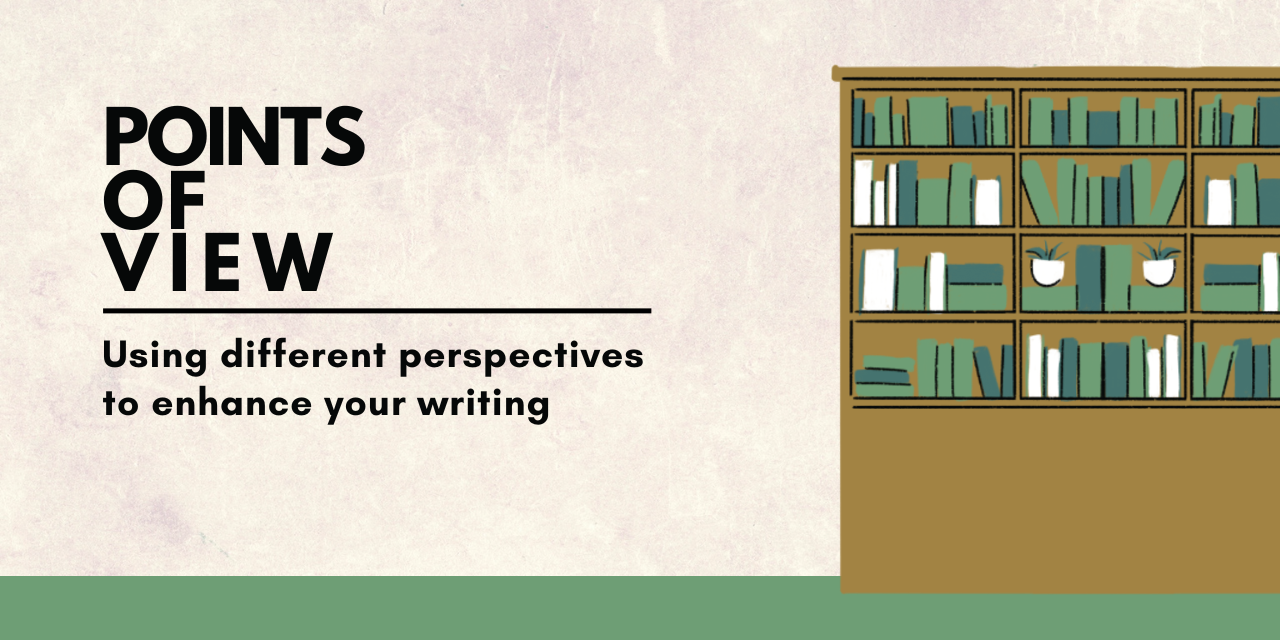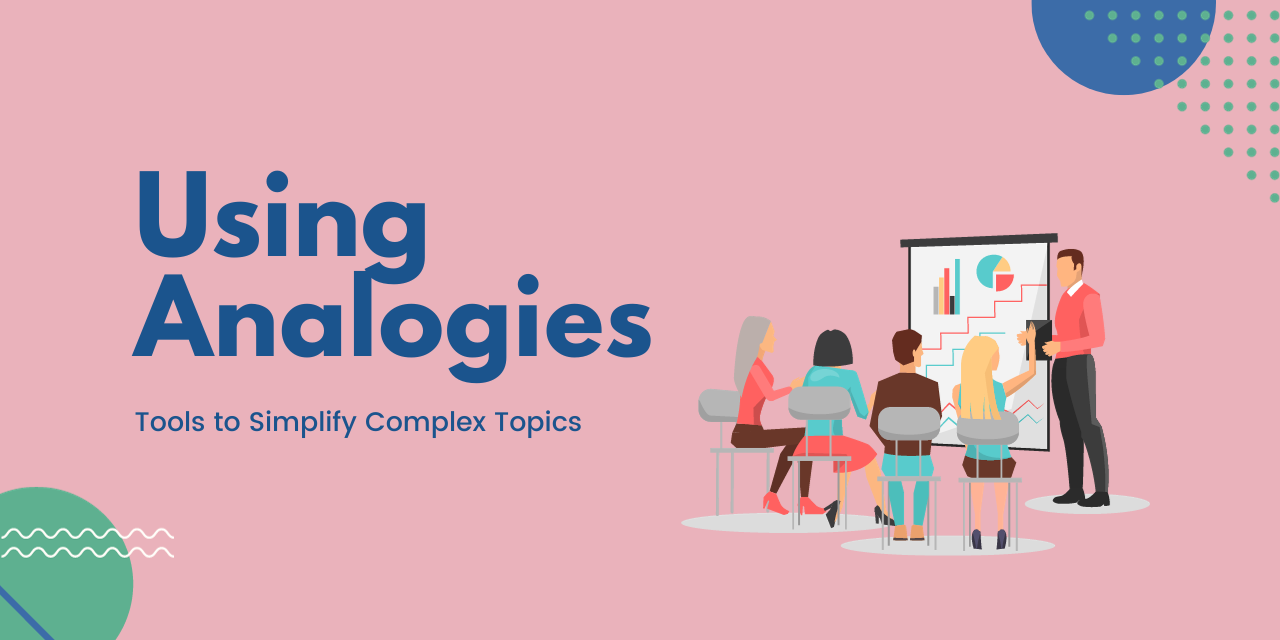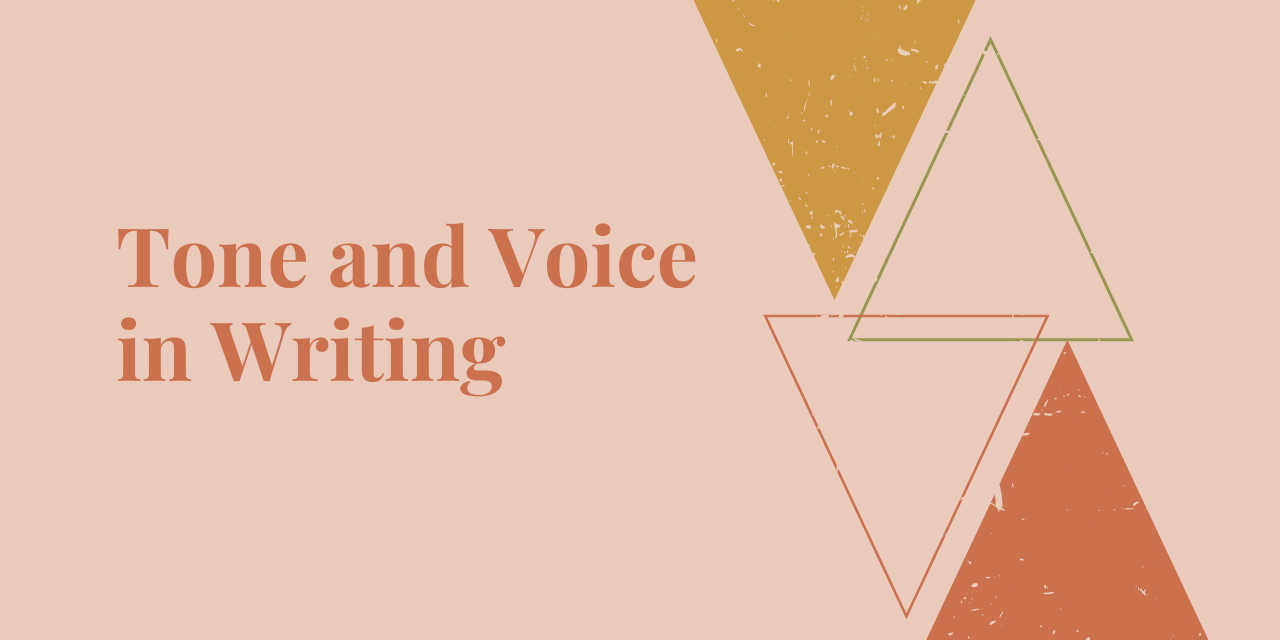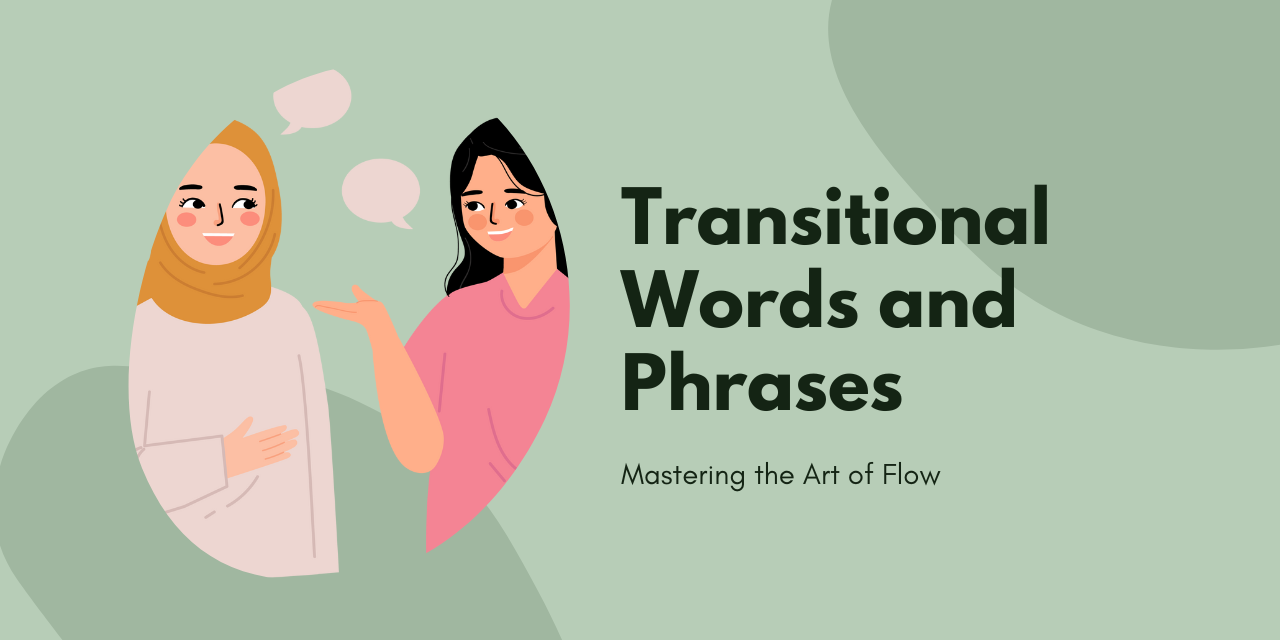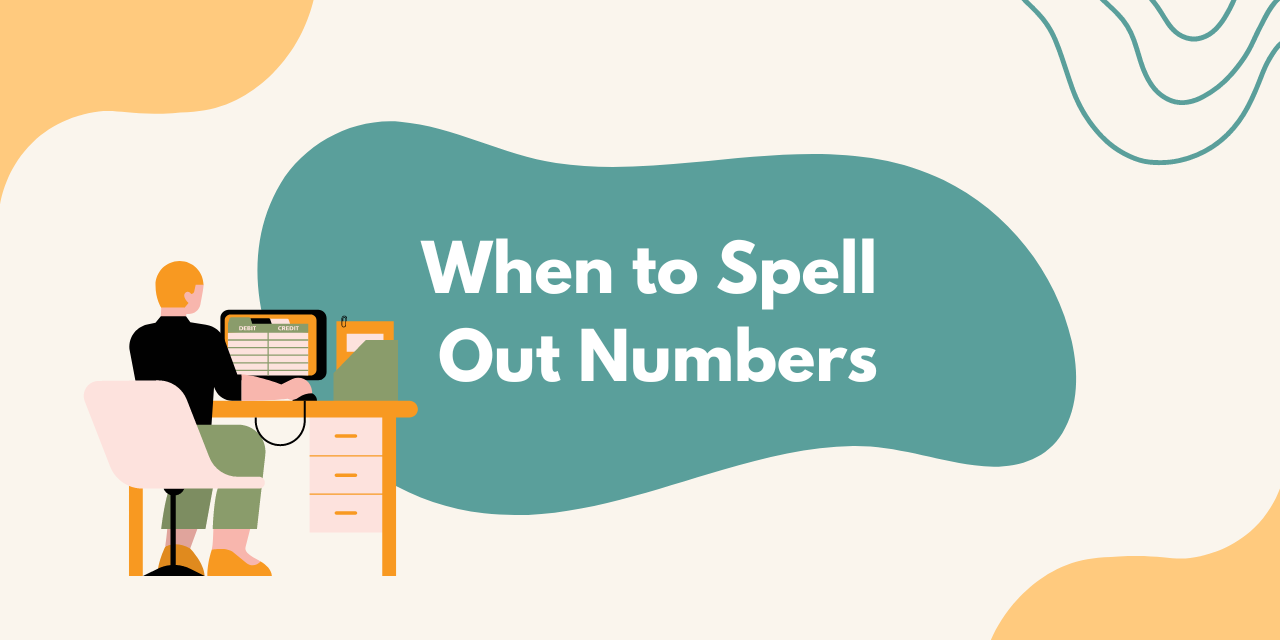What is et al.? Can this Latin abbreviation be used at the end of the greeting in an e-mail?
Let’s answer these questions together.
What Does et al. Mean?
The expression et al., which is always followed by a period, stands for “and others.” So greetings with et al. would mean:
- Dear John and others,
- Hello, Kimia and others.
The answer to the question – “Can we use et al. at the end of a greeting in an email?” – is no. Here is why:
- Many people do not know the meaning of et al., so using it will confuse readers.
- Dear and hello are warm, positive words. Et al., the abbreviation of et alii, is about as friendly as a flu shot. They don’t fit well together.
- The use of et al. is not standard in greetings, so people will stumble over it, wondering whether they missed an important new rule somewhere.
Writers using the unusual greeting will worry about how to punctuate after it, and their readers will spend time questioning whatever punctuation choice the writers make. Many people do not use a comma or colon after the period in al. as I feel it looks awkward. Grammar and spelling checkers seems to think so, too. Yet in the United States and Canada, we include punctuation after a greeting.
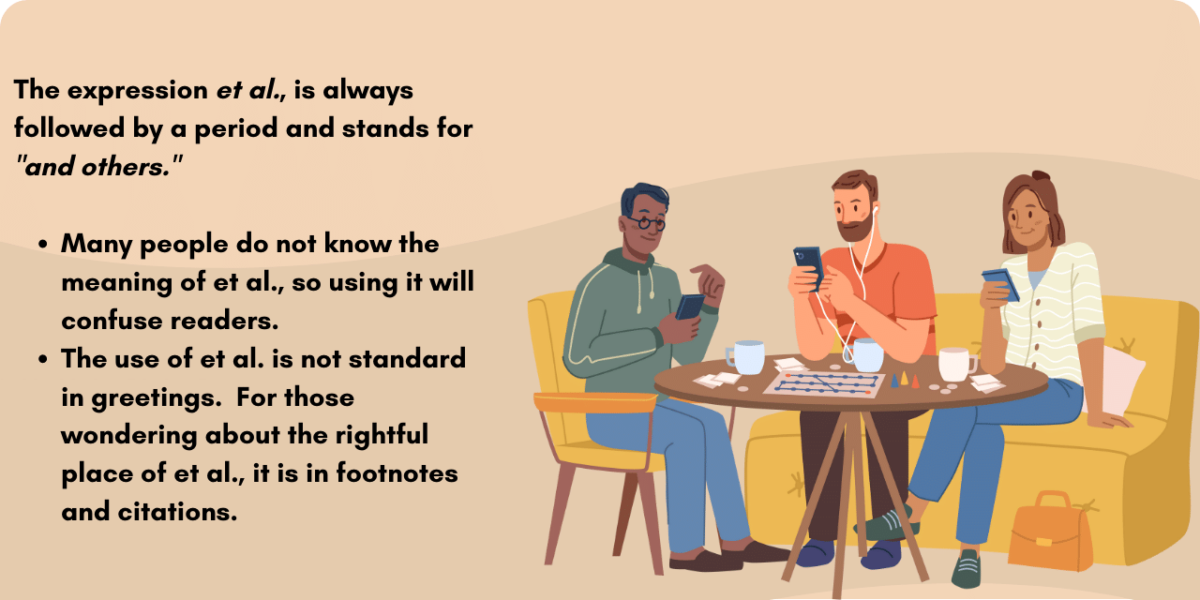
Origin of the Phrase
As mentioned earlier, it functions as an abbreviation, but what does it stand for?
In English, et al. stands for “and others,” but it traces back to a Latin root. the Latin “et alia” and “et alii” are two gendered versions of the same phrase which means “and others.” Some sources also cite “et aliae” to be another feminine version of the phrase.
Likewise, it can also be relatedly tracked to the Latin “et alibi,” which means “and elsewhere.”
How to Use it in Citations
You should use it particularly in footnotes and citations. For example, in a bibliography, rather than listing five authors of a scientific paper, we can list the first author’s name and then use et al. for the remaining four authors. Et al. always refers to people–not things.
In addition to citations at the end of a paper, you can also use et al. with in-text citations to clean things up!
Be careful when you are using et al. in citations though. Different style guides such as APA style or Chicago style may have different usage rules.
For instance, most sources agree that you should fully write out names in the first citation you use, after which you can use et al. Additionally, most guides agree that you can simply use the name of the first author followed by “et al.” when you are making in-text citations.
Likewise, different guides will have different rules regarding when the number of authors warrants the use of et al. For instance, some say that you should use et al. when there are more than three authors, whereas others claim you should only use it when there are six or more!
Using et al. in Emails
The desire to use it in an e-mail greeting stems from wanting to avoid greeting a list of people. Indeed, it is wise to avoid a salutation like this:
- Dear John, Joseph, Kayla, Nadia, and Robert,
A list like that makes readers wonder about the order of names. By coincidence, it is alphabetical, but is it hierarchical too? Is the director’s name first? Last?
Here are safer choices:
- Dear John and team members,
- Dear Chamber members,
- Hello, Marketing team.
- Greetings, everybody.
Related: How To Address Multiple People In A Letter Or An Email
That is our view of et al. and greetings.
For more guidance on the abbreviation of Latin phrases in business writing, have a look at these articles: Everything About Etc., I.e. vs E.g. – Which Do You Choose?


